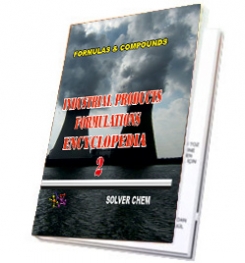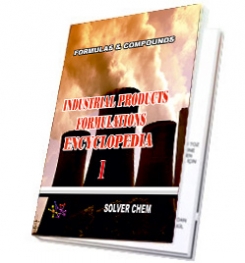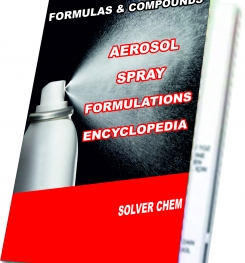Accelerators are essential ingredients of all sulfur vulcanization systems. They not only increase the reaction rate and efficiency of sulfur cure but also improve the aging properties and mechanical performance of the cross-linked rubber. In other words, accelerators markedly reduce the time needed for vulcanization and allow for vulcanization at lower temperature and sulfur content. They also improve the scorch safety (premature cure) and the tendency of sulfur blooming to the surface of the rubber good.
The most widely used (primary) vulcanization accelerators are thiazoles. They form sulfur bridges between individual polymer molecules when heated with rubber. Often an initiator is added to accelerate the vulcanization process. This process is rather complicated and involves a sequence of reactions.
A possible reaction mechanism for 2-2’-Dithiobis(benzothiazole) (MBTS) accelerated sulfur vulcanization of rubber is shown below. In the absence of an initiator, MBTS reacts with a sulfur molecule (cyclic S8) to form a polysulfide sulfurating agent which then reacts with a rubber unit to form a crosslink precursor and a 2-mercapto-benzothiazole molecule (MBT). Two of these MBT molecules react to form MBTS again whereas the sulfurated rubber decomposes into a rubber-polysulfide and MBT radical. Assuming a radical mechanism2, MBT polysulfide radicals combine to form new sufurating agents and/or they react with rubber to form more rubber crosslink precursors whereas the polymeric persulfenyl radicals either combine or react with other rubber molecule to form sulfur bridges, i.e. cross-linked rubber.

Thiazoles are only medium fast curatives. To increase their cure speed, they are usually combined with small amounts of basic accelerators such as diphenyl guanidine (DPG) or diorthotolyl guanidine (DOTG). These accelerators not only increase the cure speed but also improve scorch delay and crosslink density and thus, improve the mechanical performance of the rubber. Furthermore activators such as zinc oxide / stearic acid are usually added which further increase the efficiency of sulfur based cure systems and produce flat cure with improved reversion resistance.
The activity of an accelerator depends on three major factors
-
The basicity of the amine
-
The strength of the sulfur-nitrogen bonds.
-
The concentration of MBT
The greater the basicity of the amine, the shorter is the scorch delay and the faster is the cure rate. Sterically hindered amines (secondary amines) usually improve scorch safety and result in slower cure. The same is true for more stabilized S-N bonds.
The activity of thiazoles and sulfenamides (and other accelerators) in vulcanization systems also depends on the type of rubber and the vulcanization condition, that is, accelerators can have very different reactivities in different rubber systems and can lead to different crosslink densities.


HARD BOOK E - BOOK

|
|

|
|

|
|
